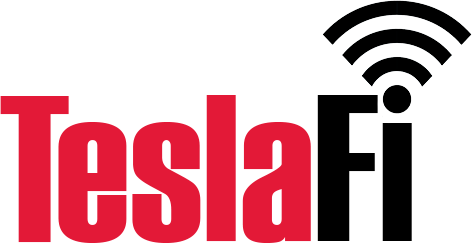
Battery level increases after end of charging; effect on range calculations?
In theist moth or two I have been observing something I did not see (or notice) before, and I wonder what the possible side effects are.
The scenario is that I have an SOC < 20%, plug in sometime during the evening. Charging doesn't start until a schedule on my Wallbox Pulsar charger allows, at 2AM. I generally charge to 80-85% and it takes about 3-4 hrs (48A). When charging reaches the set level, charging stops, as expected. The car stays plugged in, but the charging schedule locks the charger, so the car cannot continue to take energy, even if the battery would go below the set level.
What I look at TeslaFi later in the day, but before driving I see the SOC % at the end of charging indicated as set, but then later I see the SOC go up by anything from 1-4%. If I don't drive, it doesn't come down at all (no sentry on while parked a home). I have no idea how the BMS computes SOC, but it clearly is not just based on the amount of kWh on board (as that could only go down).
I don't really care about getting a higher SOC, but I wonder what is going on here, and how this may possibly affect the degradation calculations in the charge summary. I mean if the SOC really was a few percentage points higher than indicated at the end of charging, I would think the projected full capacity ends up being under estimated (based on that) and consequently degradation seems higher than it really is. On the other hand, it may well be that the two are unrelated. None of this is a concern to me, but I am curious.
Customer support service by UserEcho


Here are a few of my thoughts on your post. First off, my Renault Zoé does that sometimes but I'm pretty sure that 1) either it is due to a post charge, upwards change in ambient temperature, when the ending ambient charge temperature is cool (~<10°C). In other words, a charge capacity level initially slightly suppressed by a cooler battery temperature then increasing with the increasing ambient (the Zoé battery cooling is passive air cooling) or 2) it could also be due to battery cell imbalance. The range "increase" observed of course is artificial. I don't know what model your car is. I've never seen my M3 LR do that however (Teslas have active temperature battery management). The 4% increase you mention is quite a lot! Do you live in a temperate, hot or cold climate? I suppose that could have some effect on displayed charge level if your active temperature control isn't working properly or struggling to keep up. Do you have SMT to check on the battery temperature and real SoC? Finally, have you run a BMS recalibration recently? That might just have an impact since the BMS can become inaccurate reporting charge level at lower and higher SoCs, if not periodically recalibrated. For the range calculations yes I suppose it could impact an instantaneous value if your car's max rated range is also seen to increase. This because car reported max range is a very "noisy" parameter to use in that way. Look at the values over a longer period of time which will help to iron out that kind of error somewhat. A better way of assessing apparent degradation is to use SMT and extract the NFP value, I find that much more reliable than max rated range.